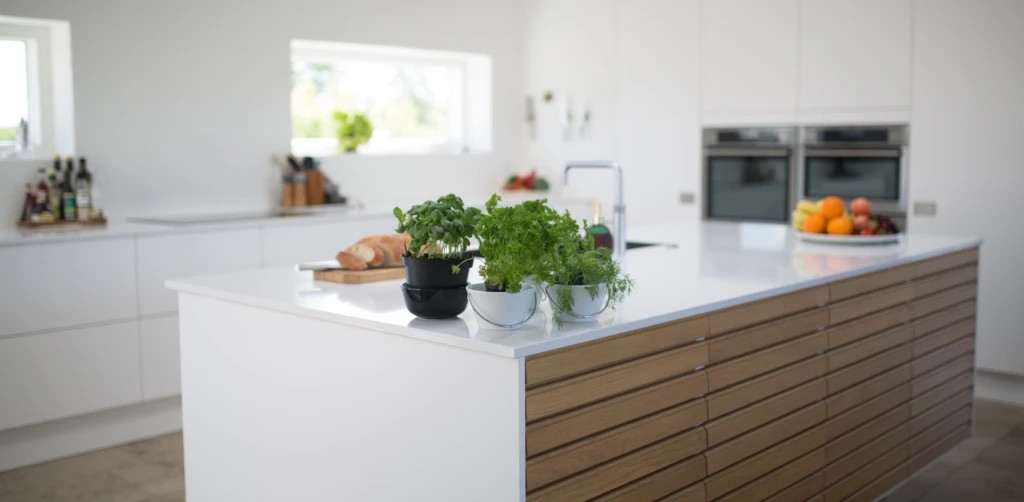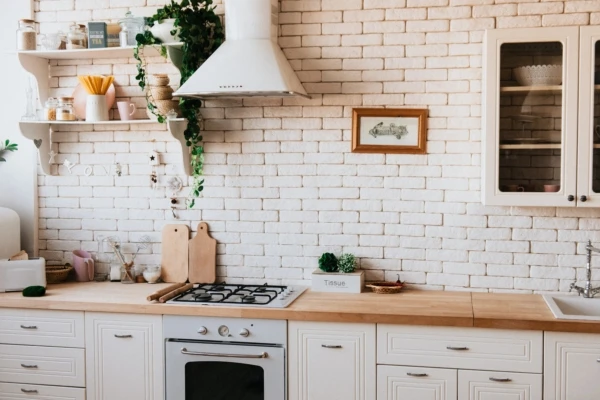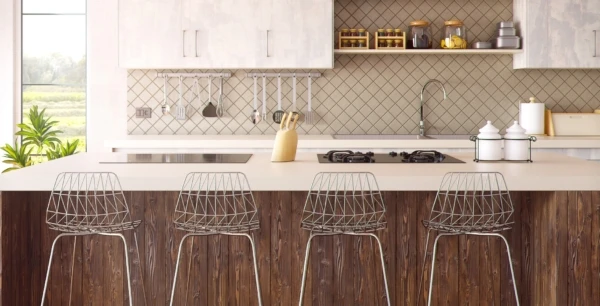Important Tips — Kitchen Appliances in Order!

The kitchen is probably the place where you'll find the most household appliances and technical equipment. When all of these are in good working order, baking, storing, freezing, and frying proceed like magic. However, keeping kitchen appliances in working order requires knowledge and attention, and machines need regular care and maintenance.
We share tips that will help keep your home's machinery running smoothly.
Important tips for dishwasher maintenance
A dishwasher is not only a wonderful helper for saving time, but it also helps save water. However, to get the maximum environmental benefit from this, the machine should only be run when it's full and the machine must be maintained regularly.
- Check the hose connections from time to time, making sure there are no blockages or leaks in the hoses. If necessary, replace the hoses with new ones.
- Remove debris accumulated in the spray arm openings; this is easiest to do with a toothpick. On some models, it's possible to remove the spray arms and rinse them under running water.
- Wipe the machine's door seal, sides, and bottom edge clean; do this regularly so the door closes as tightly as possible.
- Remove the bottom basket and thoroughly clean the drain and filters from food and grease residue. This keeps the machine in good condition and ensures better washing quality.

Important tips for refrigerator maintenance
- The lifespan of a refrigerator is on average 10 to 15 years, but it depends greatly on its proper maintenance.
- Do a thorough cleaning of the refrigerator shelves and interior walls every couple of months.
- Clean the drain outlet on the back wall from time to time. If necessary, you can do this with a pipe cleaner, but often a special cleaning brush comes with the machine. This way, condensation can drain away and won't flood the shelves.
- Once or twice a year, unplug the refrigerator from the wall outlet, pull it away from the wall, and use a vacuum cleaner to clean the cooling elements on the back side of the refrigerator.
- Check the door seals regularly. Wipe them with a cloth or if necessary, clean with a soft toothbrush. You can check the condition of the seals with the so-called paper money test — place a banknote between the door and the frame and close the door. If you can easily pull the banknote out from the closed door, it might be time to consider replacing the seals.
Important tips for oven and stovetop maintenance
- If you have a regular, non-self-cleaning oven, you should give it a thorough cleaning from time to time. Make sure the room is properly ventilated, put on rubber gloves, find a special oven cleaner and a stronger cleaning brush, and thoroughly clean your oven. Before starting to clean, it's worth preheating the oven for a while, and you can pour water on the baking sheet to create moisture in the oven. This makes cleaning easier.
- If you have a self-cleaning model, all you need to do is run the cleaning cycle and wipe away the ash with a damp cloth when it's done. Many manufacturers recommend removing the oven racks and grates before use; check your user manual (automatic cleaning may damage their color). Never clean a self-cleaning oven in the traditional way.
There are special cleaning products for ceramic stovetops. In general, food stains and grease splatters on a ceramic cooktop should be cleaned as soon as the stovetop has cooled down. The area around a cast-iron plate or gas burner is easiest to clean with a cleaning cream that doesn't contain abrasive particles or with dish soap. After that, the surface should be rinsed thoroughly and dried.

Important tips for range hood maintenance
A range hood removes odors, smoke, heat, and fats floating in the kitchen air. Range hoods are divided into two types: external circulation and internal circulation. In the first case, the exhaust mode operates and air is ventilated, in the second case, air is filtered and directed back into the room.
- External circulation range hoods have an aluminum grease filter that should be cleaned on average once a month (by hand or in the dishwasher).
- Internal circulation range hoods use charcoal filters. These filters should be replaced every couple of months.
Article source: Moodne Kodu




